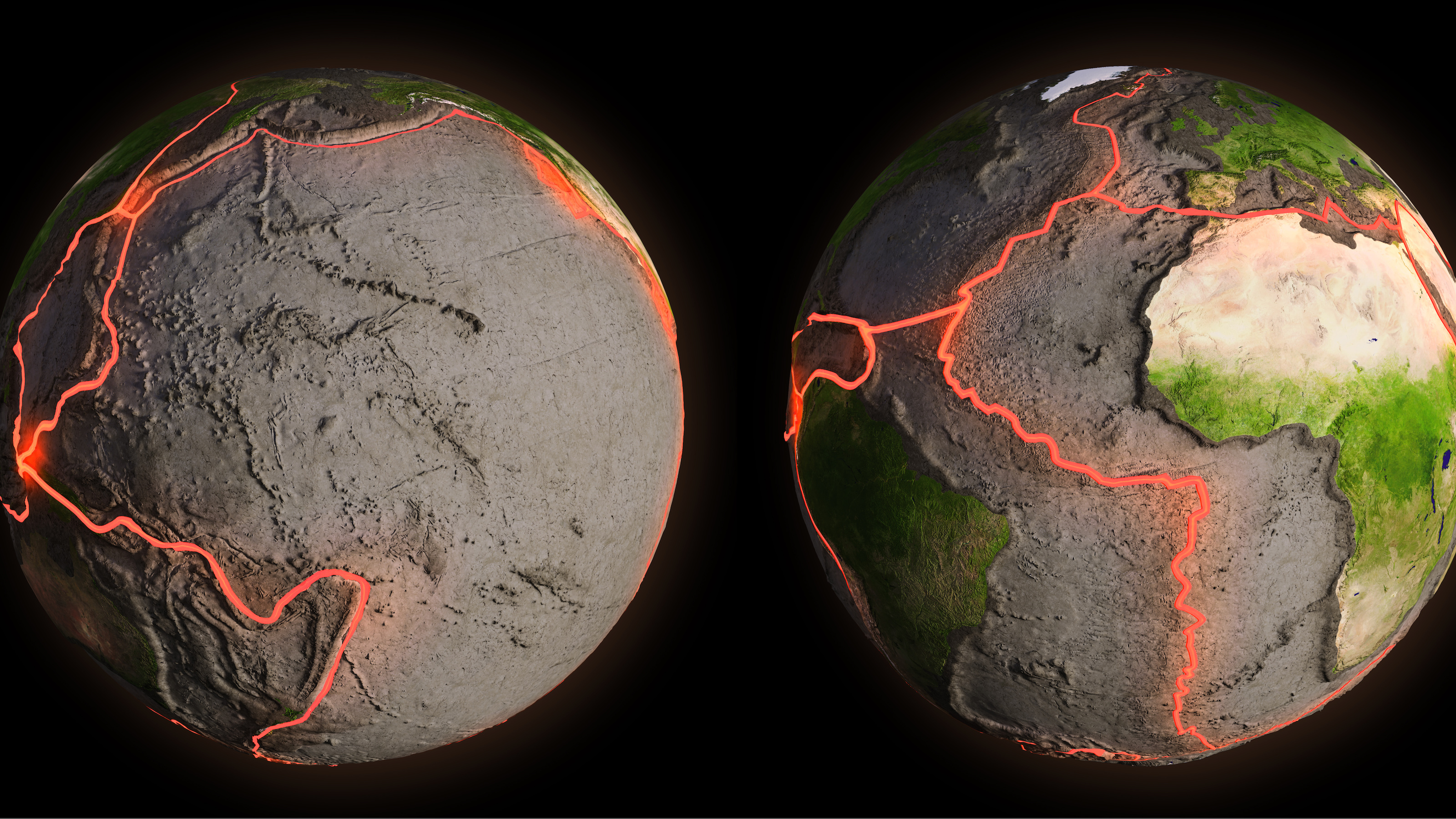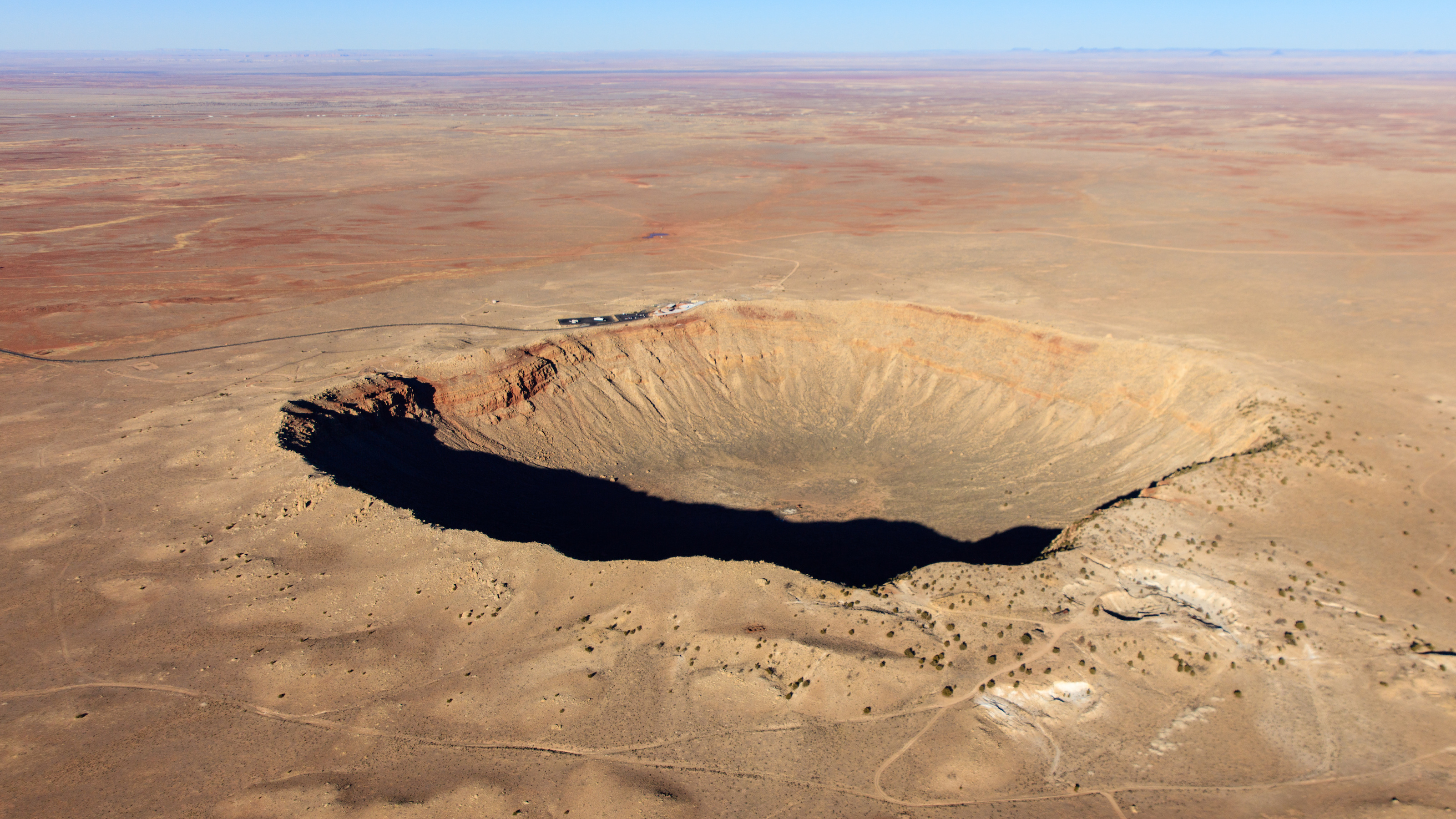How rocks and minerals play with light to produce breathtaking colors
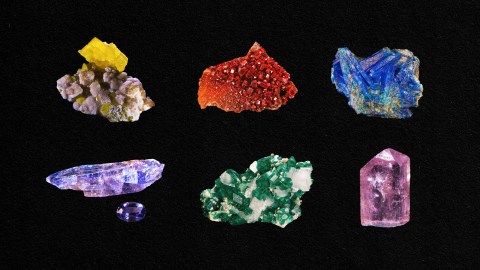
- Whether valued as precious gemstones or just lying on the beach, rocks and minerals come in a diverse range of colors.
- Intricate processes at the atomic level are often responsible for these colors.
- The impurities in these rocks are not simply defects. They are what make these minerals truly unique.
Rocks and minerals are all around us. Some are prized for their beauty, while others are so common that they are easily ignored. They come in a variety of colors and shades. Some catch the light, some bend the light, and some even break it.
But why are rubies red while sapphires, which have nearly the same chemical formula, come in a host of colors? Why does quartz, one of the most abundant minerals on Earth, have such a diversity of color and opacity? And why do some minerals create their own world of rainbows? The answers to these questions combine how the rocks behave on the molecular scale with some fascinating physics.
Rubies, sapphires, and emeralds (oh, my!)
Even the most pristinely cut ruby, sapphire, or emerald gets its brilliant color by being imperfect.
Let’s start with rubies and sapphires, both of which are a variety of corundum. This mineral forms when aluminum oxide becomes tightly packed into a hexagonal crystalline structure. In its pure form, corundum is clear; however, on occasion, a chromium ion can replace an aluminum ion within the crystal lattice. It doesn’t take much — perhaps only 1 atom out of 100 is substituted — but the resulting imperfection means the chromium will now absorb green or violet photons from the light hitting the gem. Red light, however, continues to be transmitted, creating that brilliant ruby hue.
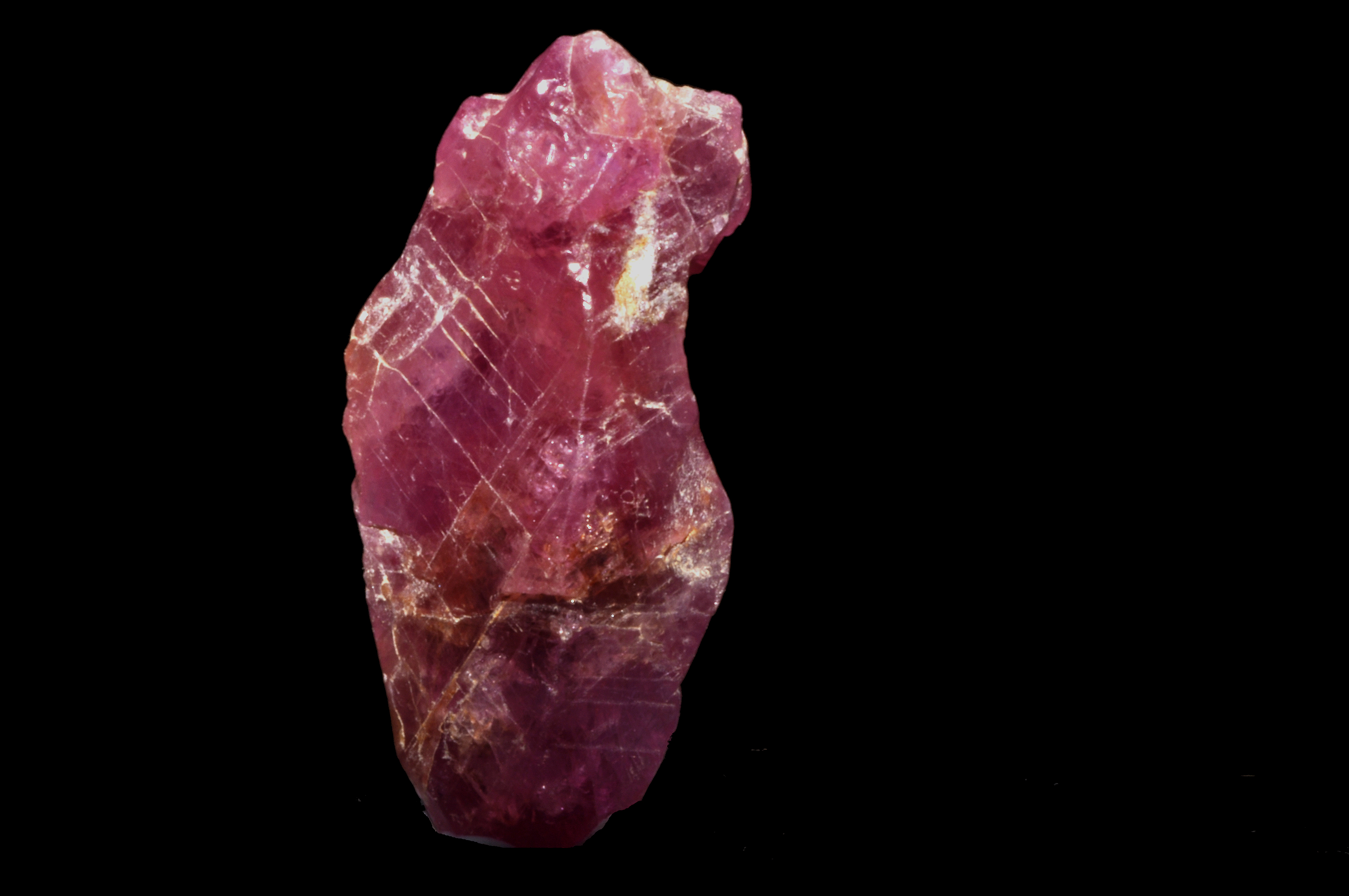
As mentioned, sapphires come in a host of colors — pinks, reds, yellows, golds, purple, peach, champagne, and, of course, that prized blue. Like rubies, sapphires result from aluminum ions being replaced within a corundum lattice; only this time, they are replaced with iron and titanium ions (as few as 1 in 10,000 ions). When light of a certain wavelength falls on a sapphire, it is absorbed and causes an electron to transfer from an iron to a titanium ion. This results in a blue sapphire. To produce different colors, other trace elements must be present in the sapphire, such as lead, cobalt, silicon, magnesium, or chromium.
Speaking of chromium, something very different happens when it replaces 1% of the aluminum ions in the colorless mineral beryl: This causes red and yellow light to be absorbed, creating a rich green emerald.
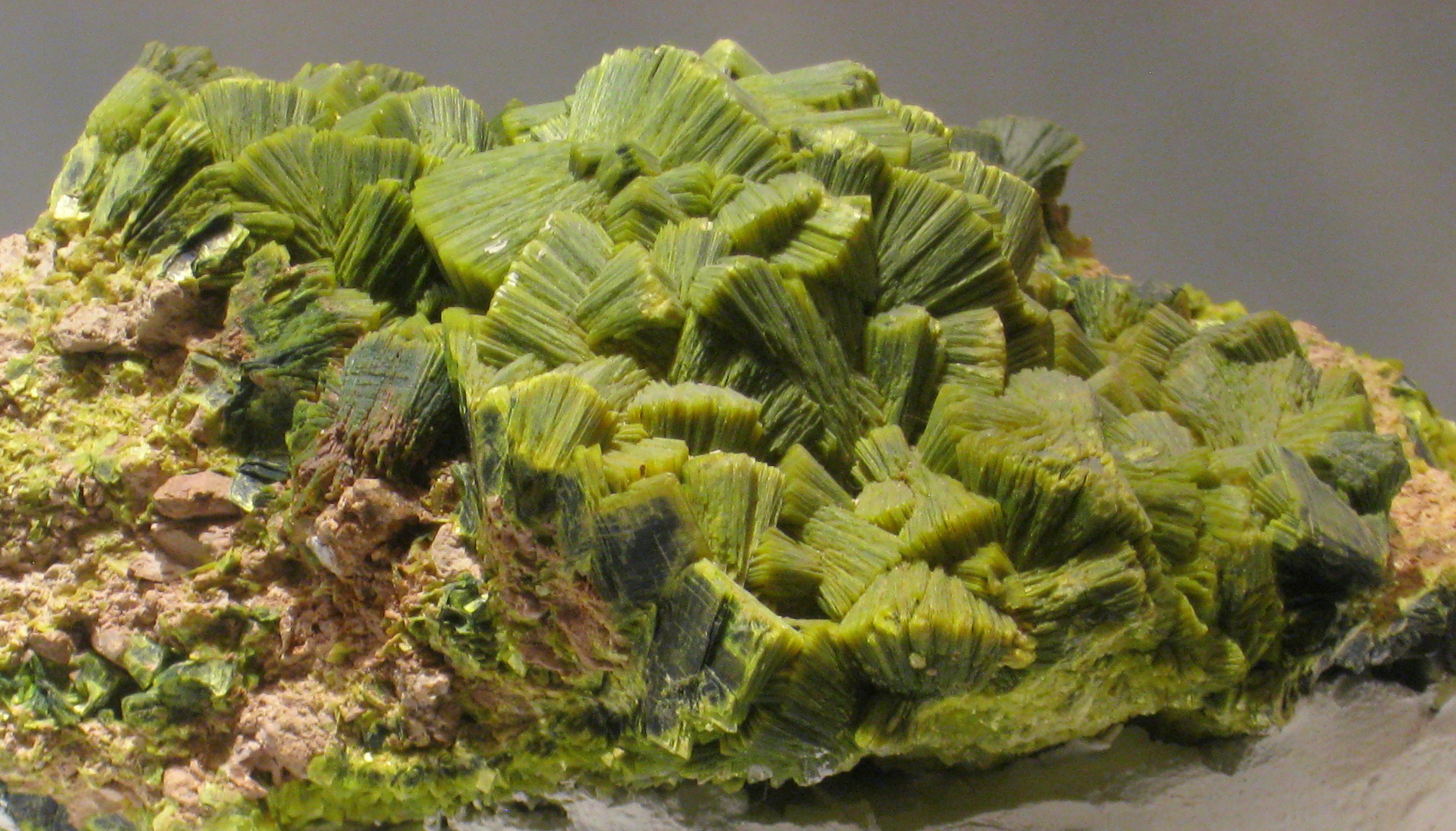
Irradiated fun for all ages
Certain minerals gleam in eerie shades of hot pink, vibrant yellow, or even an alien-looking green when irradiated by ultraviolet light. This phenomenon occurs when ions or certain impurities within the mineral (called activators) absorb an ultraviolet photon, causing an electron to be promoted to a higher-energy atomic orbital. When the electron returns to its ground state, it doesn’t go there directly but instead transitions through several different energy orbitals. One of these transitions may result in the atom emitting a photon of a longer wavelength in the visible spectrum. When this happens, the mineral “glows” in a process called fluorescence.
Minerals fluoresce in a range of colors, including blue (such as fluorite and scheelite), yellow (esperite), red (smithsonite), and purple (apatite). Then there’s autunite, a mineral containing block-like crystals. It is almost 50% uranium and will fluoresce bright green.
Always chasing rainbows
Some stones seem to contain a rainbow of colors. For example, opals will shimmer in a wide variety of colors depending on the angle in which they are viewed. The iridescence of these stones has to do with the arrangement of tiny spheres of silica. The distance between these spheres is minuscule — on the order of the wavelength of visible light. Because of this, they act as a sort of diffraction grating, separating light into its component colors.
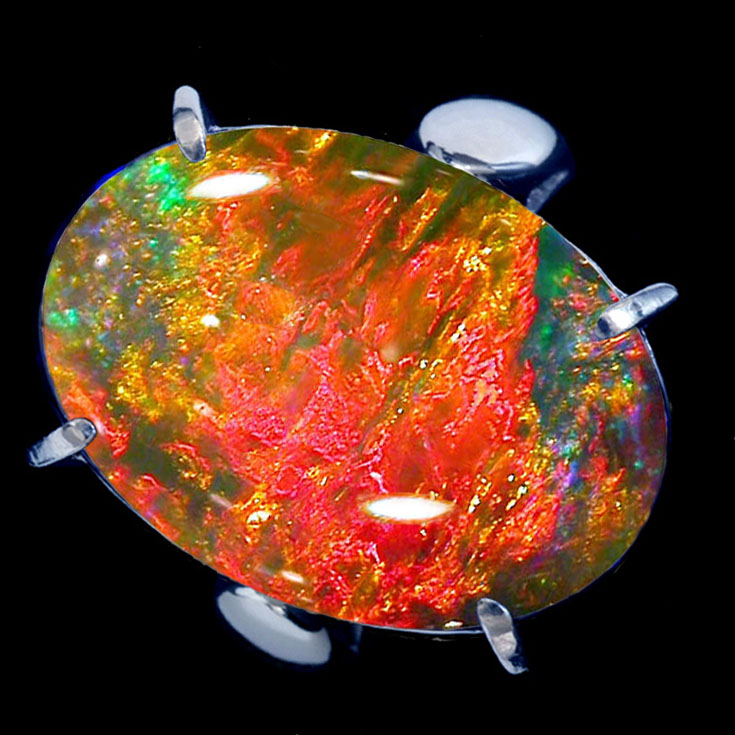
The iridescence of pearls is similar. A pearl forms within an oyster when a small piece of sand or other foreign object enters the shell. Slowly, it is covered by layers of nacre, a type of calcium carbonate. The thickness of the nacre layers is close to the wavelength of visible light. Because of this, if you look at a pearl from different angles, the light will reflect off the different layers within the pearl.
These wavelengths of light will either add together (constructive interference) or subtract (destructive interference). This interference depends on the wavelength of light and how it compares with the distance between layers; therefore, the color of a pearl will change slightly depending on whether the various colors are interacting constructively or destructively.
The eye of the tiger (the thrill of the light)
Tiger’s eye is well-known for its intriguing bands of gold, amber, and reddish-brown. But the cause of its special luster eluded scientists until recently.
Like opals and pearls, tiger’s eye seems to catch the light. Originally, scientists thought that the gemstone was created as formula units of asbestos slowly replaced formula units of quartz in a process called pseudomorphism (the same process that generates petrified wood). However, closer examination revealed a different process at work.
Tiger’s eye begins to form when water seeps into a crack within a rock containing quartz and crocidolite (also known as blue asbestos). The quartz and crocidolite dissolve in the water, and as they do, the quartz slowly begins to crystallize while fibers of crocidolite form along the crack. The rock then cracks again and the process repeats, except now, the fibers of crocidolite are slightly offset. This offsetting creates the variegated banding that tiger’s eye is known for. When these cracks occur, the crocidolite is also exposed to the air and reacts with oxygen to create iron oxide, giving the stone its characteristic reddish-brown hues.
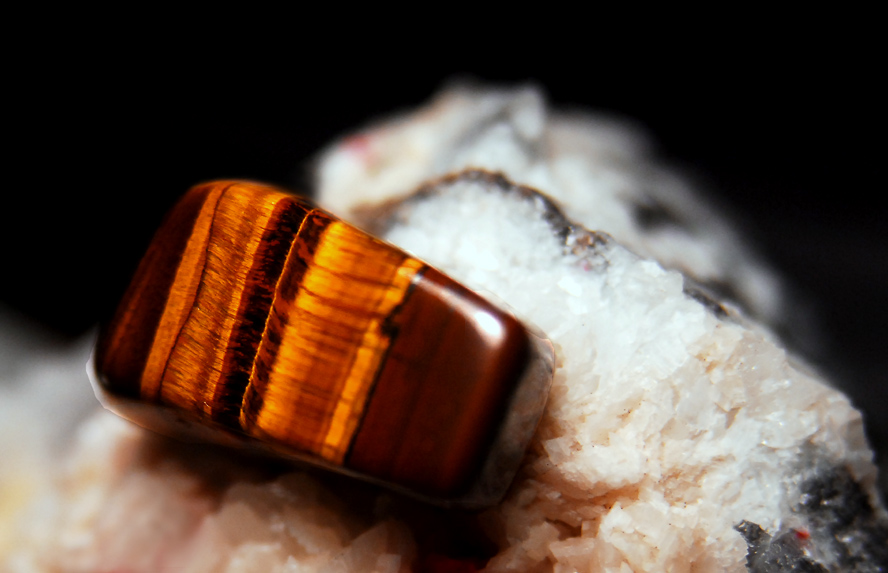
Now that’s a quartz of a different color
Minerals don’t have to be rare gemstones to be interesting. Go on any hike and pick up a random rock. It will likely be all or partly quartz. That’s because quartz is the second most common mineral on the surface of the Earth (after feldspars). It makes up 12% of the planet’s crust. Quartz crystals even make up the sand on most beaches.
Quartz develops deep within the Earth out of solidifying magma that forms crystals of silica. In its pure form, quartz is a colorless transparent crystal. But many factors can influence the appearance and color of quartz — for example, when the magma that forms quartz is rich in other minerals or when water with dissolved minerals seeps into the forming quartz crystals and introduces new elements.
Rose quartz may have small amounts of iron, titanium, or manganese. Irradiated iron impurities in quartz can also create the royal purples of amethyst, and if amethyst is exposed to heat and pressure for a long time, those same impurities produce the fiery oranges and yellows of citrine. Milky quartz contains small inclusions of liquid or gas which gives the mineral its opaque luster. Finally, jasper is often an aggregate of quartz crystals with iron, giving it a red color.

Light and color
These minerals don’t simply reflect the light. They play with it. They interact with light as a wave, and they interact with light as a particle. Electrons move, gain, and lose energy. The impurities in these rocks are not simply defects. They are what make these minerals truly unique.

